Nomads: A Photo Essay
We didn’t plan to be parents. It was something that just happened in our lives. Of course we wanted to be in the future. We had been together for a few years and the idea was slowly maturing. So when we found out that we were going to be parents, even though it was unplanned, we were very happy. I was living in that time in Brazil with my partner and I have just arrived in Ecuador to do my doctoral research. I had planned to stay there for 4 months. When we discovered the pregnancy, we decided that I would continue the research and then return to Brazil. We started our continue traveling in 2017. At that time we were parents of two. Our third child was born on the road and is originally nomad.
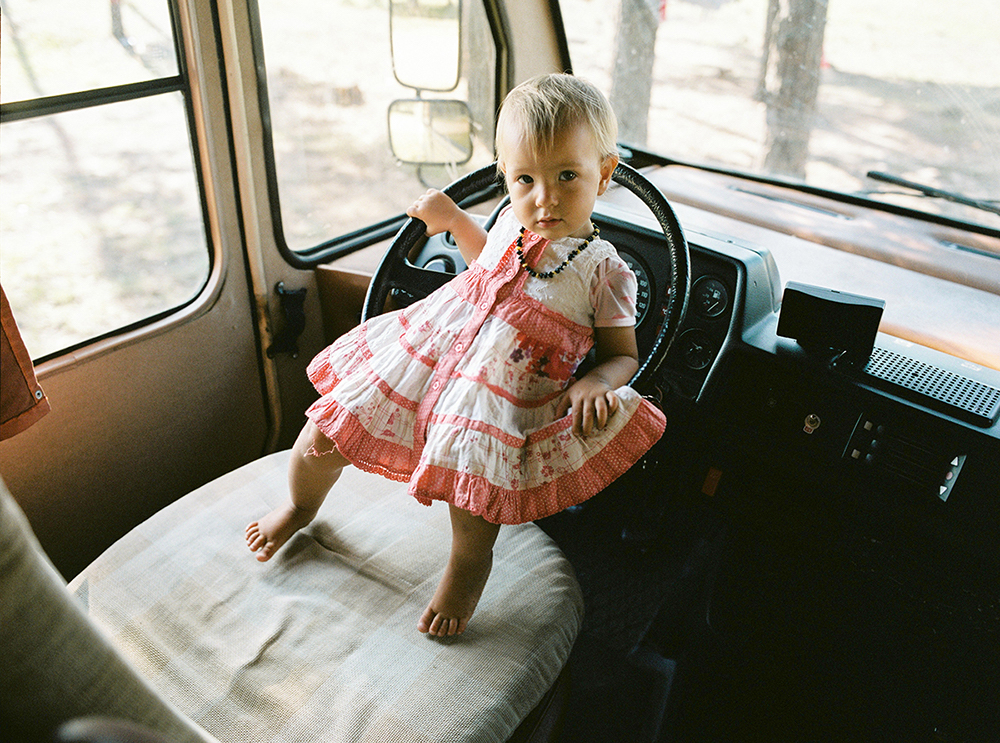
There were 3 completely different pregnancies and three births. In the first pregnancy, like all first-time parents, we were more worried about everything. I started with prenatal care in Ecuador. I consulted a doctor with a naturist background who advised me to give birth naturally. I felt a lot of confidence in him and we went down that path. After coming back Brazil we chose a doctor and decided that we would have a humanized birth in a hospital. Everything was going very well until the last hour of birth. I was already advanced in dilation when the labor stopped progressing. The doctor administered an injection of oxytocin and everything got worse. The pain increased absurdly and as there was no progress, the doctor decided to take me to the operating table. Our first daughter Yasmin was born. When we were pregnant with our second child, we were still living in Brazil. I decided to prepare myself better psychologically and spiritually. I was supported by a spiritual mentor during pregnancy. We had 3 meetings. As it was a very painful process, I decided to postpone the last meeting. At that moment, the gestation period had already reached 41 weeks and so I decided to go to the last meeting. Coming back from there I started to feel the contractions. At night, we made a bonfire in our garden; just me, my partner and our daughter. We slept like babies, knowing that the next day would be exhausting. This time we decided that we would be accompanied by a midwife in our home. We absolutely wanted a natural birth. We knew that the midwife would resort to the hospital as a last resort. We rented a bathtub and placed it in the living room of our house. As our house was in the middle of the forest and was fully glazed, the setting was perfect. The birth giving lasted 5 hours and a half. A boy, Kajetan, was born. During this second birth, I understood that the doctor from the first birth had jumped the gun. My dilation process is relatively quick but expulsion takes longer. The doctor, I believe that out of fear, did not have the patience to wait for this process. The last pregnancy was a little stressful. We already traveled by van. I decided to go to Poland to give birth. This way I could communicate better with my future midwife. A doula friend who speaks Portuguese could also be present and translate everything for my partner if necessary. So I discovered something I didn’t imagine. As my first birth was a cesarean section, I had no right to have a natural birth. No midwife wanted to accept me. I searched all over Poland until I found an older midwife who accepted the challenge after my numerous pleas. We went to the midwife’s hometown and rented an Airbnb apartment for a month. The owner gave us the key without imagining that our baby would be born in the living room of his apartment. It was the calmest birth I’ve ever had. It was the fastest too. It was so quick that the midwife arrived in the final minutes. We were so relaxed alone in that room of an apartment that we didn’t know, listening to vinyl that wasn’t ours, that Sávio even managed to photograph some moments. Thus, Elinor, our third daughter, was born. In the midst of parents and siblings who watched curiously everything that happened. We decided on a lotus birth. We would let the umbilical cord break naturally. We place the placenta in a container with coarse salt and lavender essential oil. The children added dried flowers of different types. So 3 days passed when the cord dried and broke naturally. We buried the placenta in the garden that wasn’t ours. When it was time to hand over the key, we could see the apartment owner’s expression of astonishment when he found out that we had given birth in his living room.
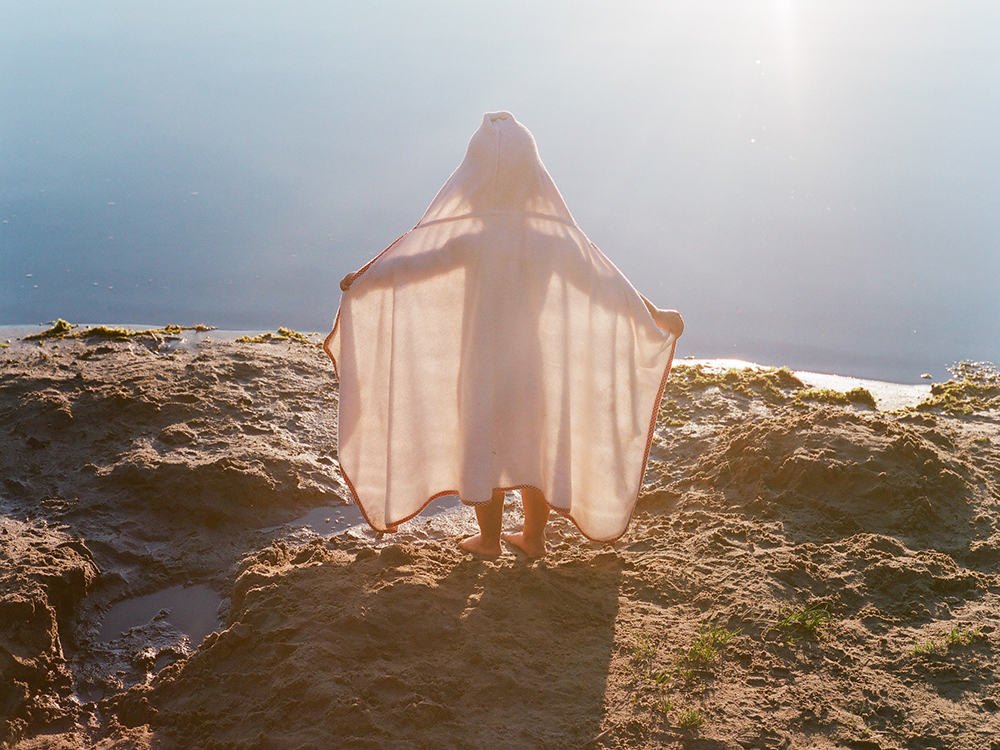
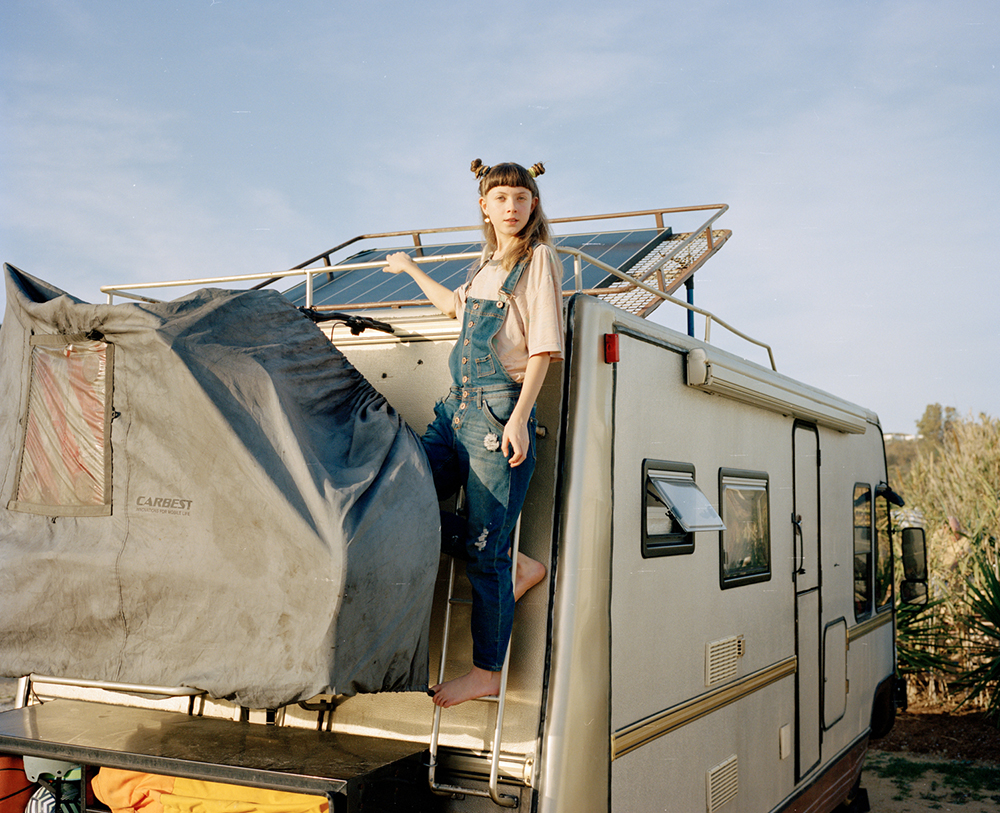
The unexpected. Knowing that days never repeat and that something completely new can happen the next day is something that delights me. We lose the feeling of being in control of something. And in fact we are not. No matter how much we make plans and believe that we are masters of our own destiny, this is not real. The journey shows you this every day. Another beautiful thing of traveling is that you can reinvent yourself every day. When we live in one place and meet the same people, we adopt a way of being, of behaving. And it’s very difficult for us to change that. We feel that the people who know us do not accept it. They are already used to our way of being. We also feel many obstacles to change. On the trip, everything can be different. When you encounter new people and places every day, it becomes much easier to remake yourself, reinvent yourself. Without your own fears and without judgments from others. You finally feel free to be what you want to be. And to change when you think you should change. This excites me.
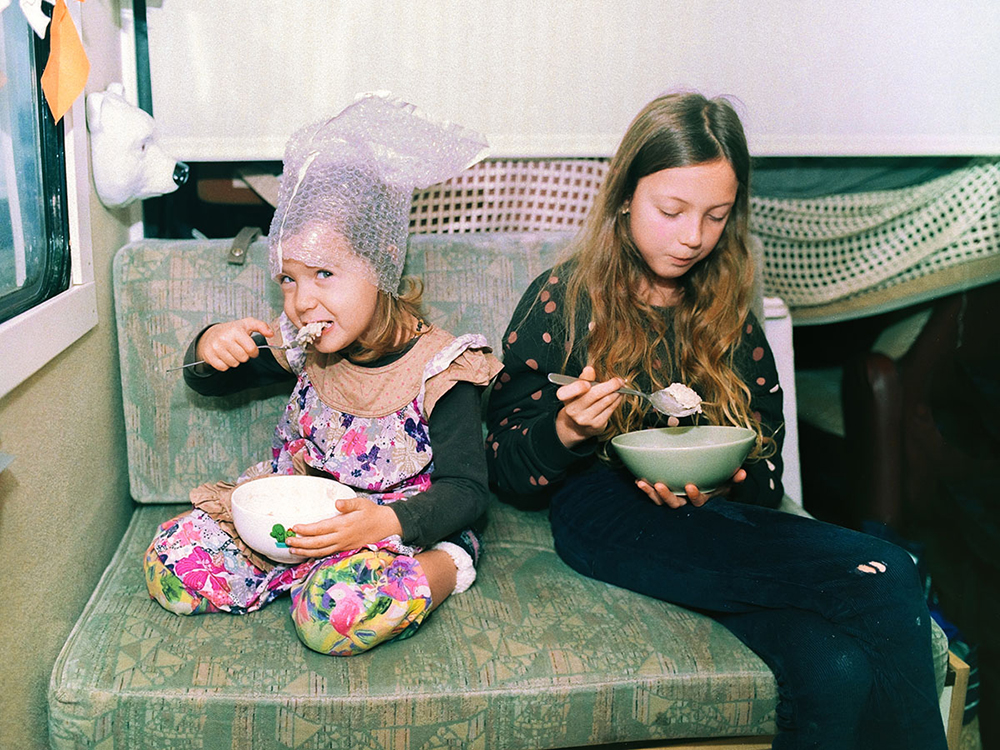

When I started taking photographs, I thought photo by photo. I didn’t care much about the set of images. Over time, I came to understand that the image is a part of a set. It would be like a chapter in a book. There is no point in writing an excellent chapter that is disconnected from the rest of the book. So with the image it’s the same thing. I have to think about the story as a whole. So each photo is a chapter that expresses something within a whole and helps the viewer understand my narrative. The difference is that when I build images, I don’t necessarily do it in chronological order. So my story can be ordered in different ways. And my last image made will not necessarily be the last image of the story I want to tell. Going more specifically into this series about the trip we are taking, we try to narrate it from the point of view of someone who lives on the road. In this case, the world is our home. So we don’t care so much about showing the tourist attractions or the countries we pass through. What we want to show is the life we lead, it’s a life like all the others but in movement. We focus mainly on our relationship with the world around us.
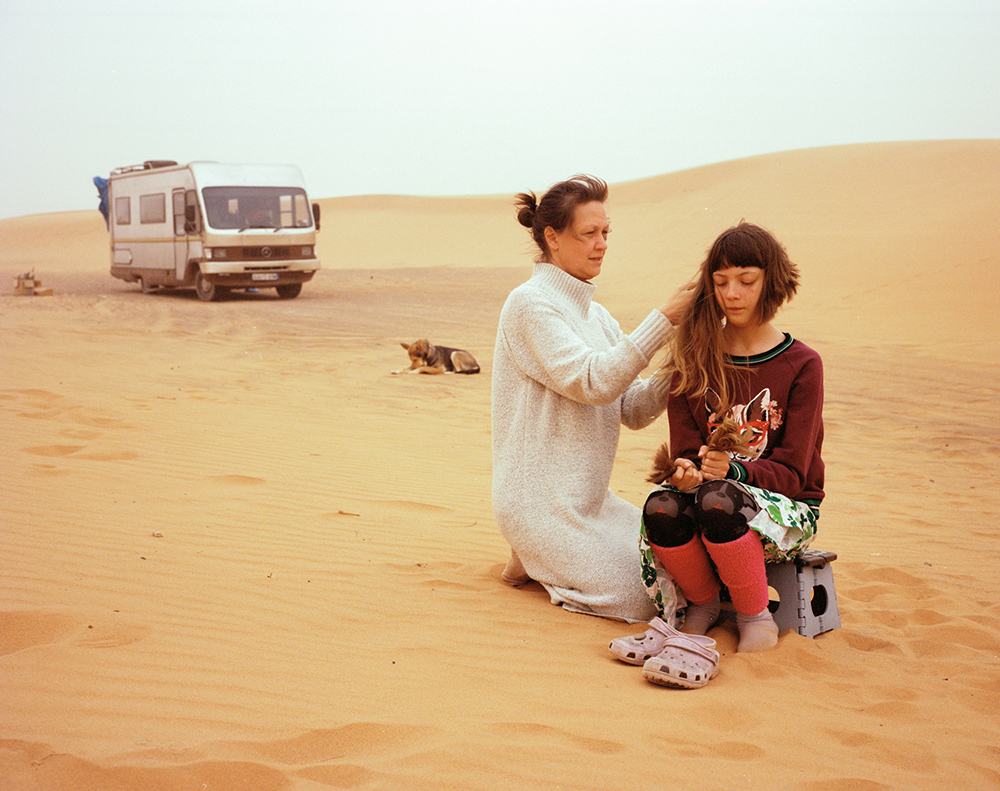
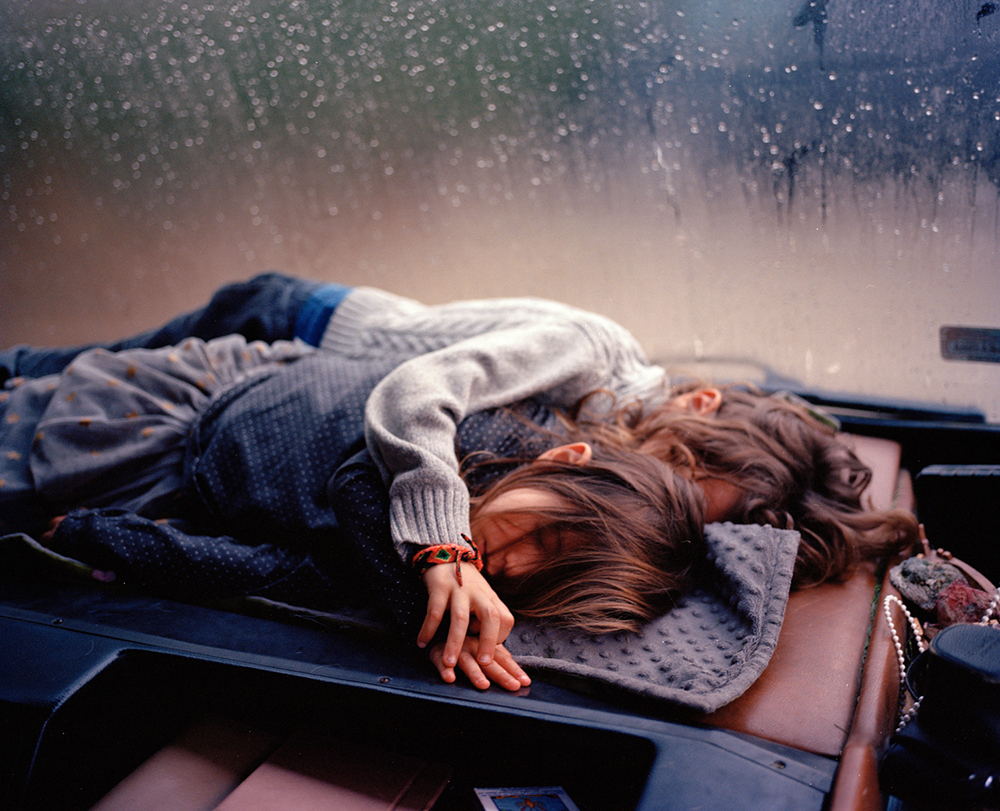
The children don’t think much about it. The photo moment is a moment of joy for them to be interacting with their parents and feeling like they have our full attention. Furthermore, everyone imposes the rules they want. The two youngest, for example, never liked being photographed crying. The biggest one never cared about it. Our son also doesn’t like to stop what he’s doing to take a photo. So we end up respecting each other’s limits and desires. None of them have access to technology and social media. Therefore, as they do not know this universe, they do not have any critical thinking about it. We have a rule to not publicize images that they expressively wouldn’t like to share. When they saw their images at exhibitions and festivals, they liked the idea and were curious about people’s reception.
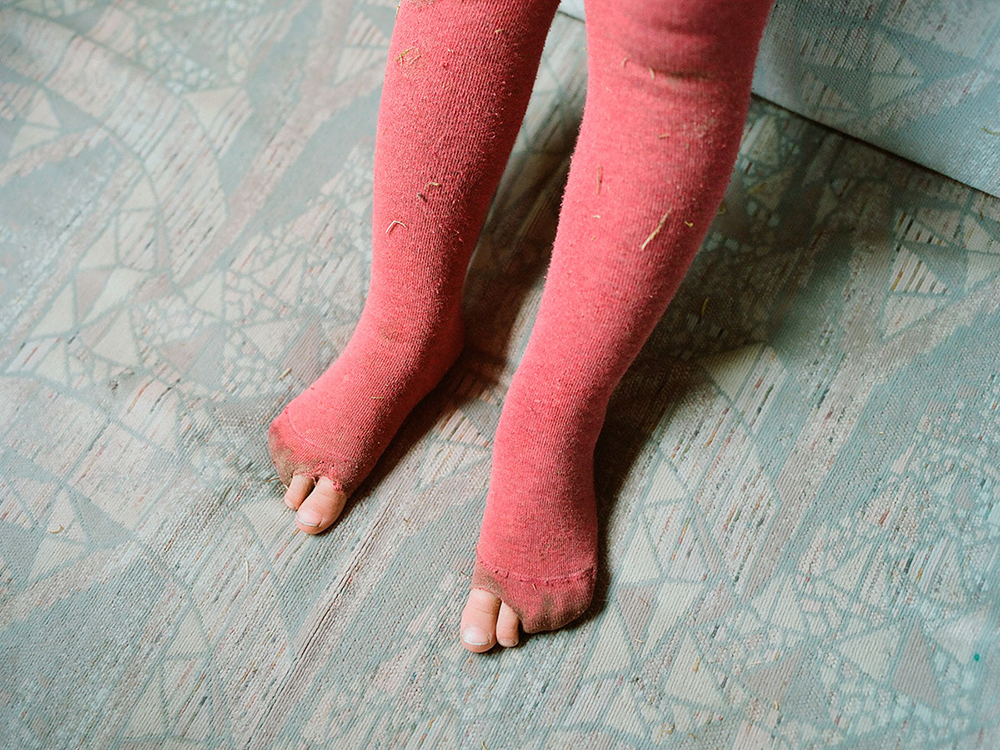
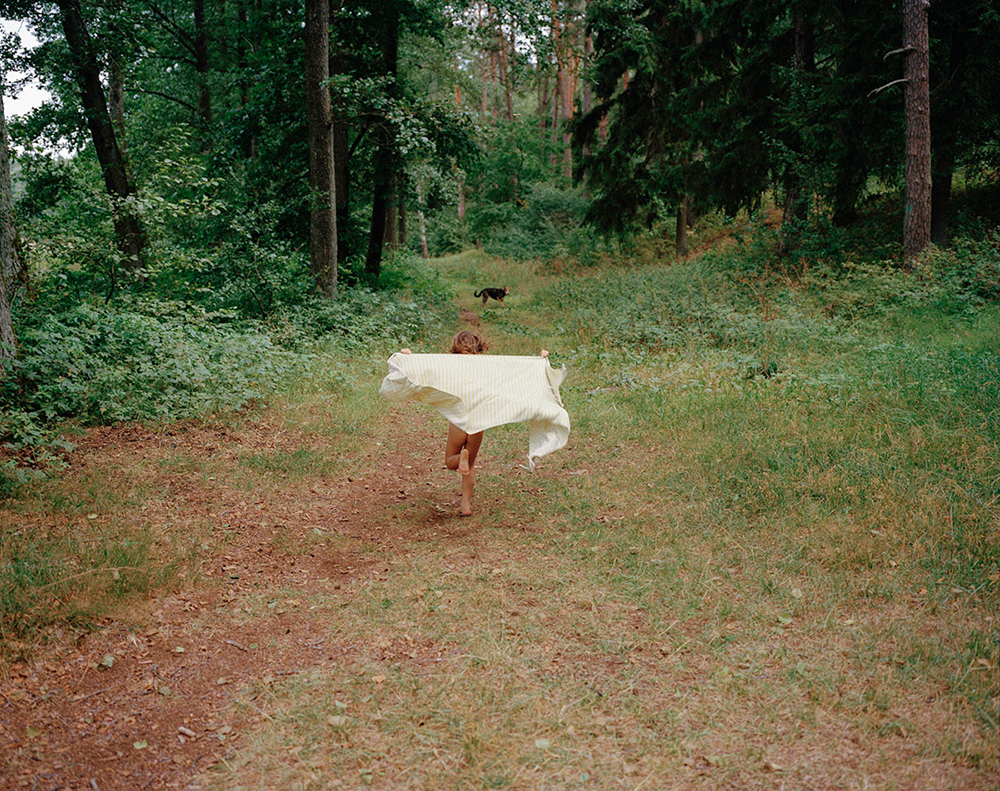
They are enrolled in homeschooling. The Polish law allows it. Every year, more precisely in June, we have to return to Poland for the final exams. In practice, we never pressure our children to study. Children have a natural curiosity that we tend to underestimate. We gave our eldest daughter, who is now 13 years old, time to learn to read when she became interested. She started when she was nine, by herself. Today, she devours one book after another. We then realized that reading is a human need so as any other need should be treated naturally. The oldest is quite disciplined and we often have to advise her to get out of the books and live a real life outside. She loves animals and has already had a short experience in a vet clinic in Turkey where she even assisted some surgeries. The middle one, nine years old, has now started to become a little more interested in reading. He prefers math exercises and says all the time that he wants to build robots. He is a very good trees climber. The youngest, six years old, like all younger sisters, learns faster and is already literate. She learned on her own by observing her brother. Not to say that everything is rosy, the difficulty lies mainly in not fulfilling study desires they have. My oldest daughter wanted to learn piano but we don’t have space for one. So we bought some smaller instruments for her to try out. Our boy often has to gather a bunch of objects to assemble his automats. Many objects that do not fit in our car must be discarded. Life is made of choices.
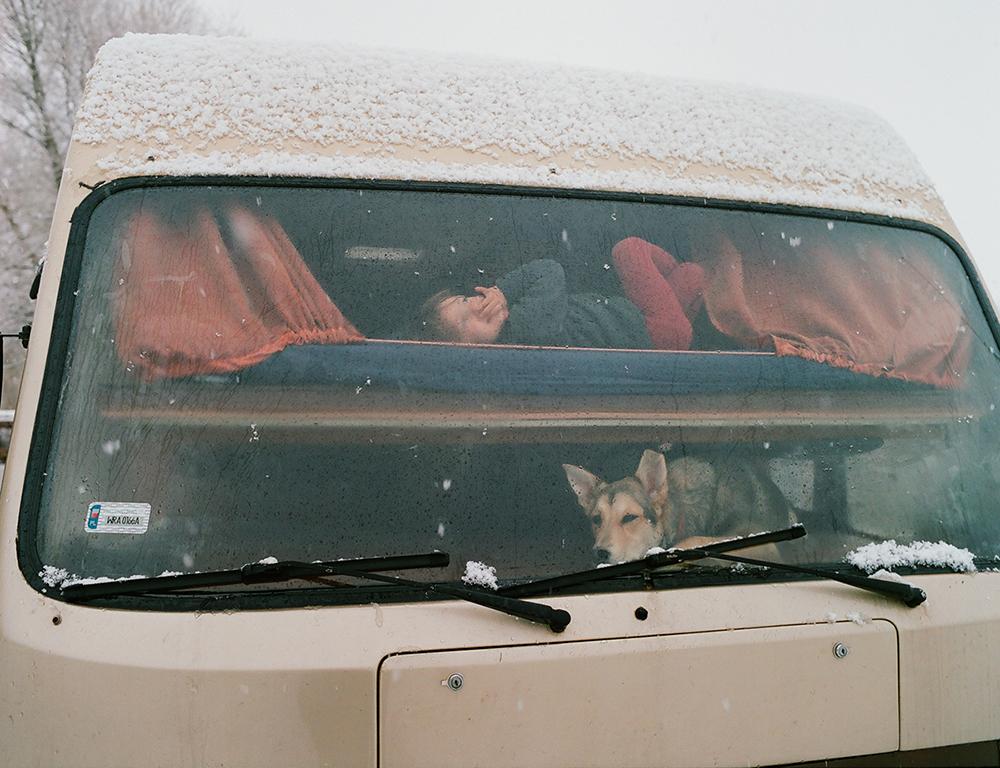
Philosophically speaking, we do not believe in school as it is today. School encourages you to be average. As a student you have to give up time learning what you like, to achieve the required average in all subjects. Furthermore, the school believes in fragmented knowledge. We have to think about each discipline separately. Life isn’t like that. If I want to build my own house, for example, I will need a lot of knowledge to carry out that project. And my desire to build my own house will make me learn what I need to achieve that goal. At school, children learn subjects without knowing the usefulness of what they are learning. The truth is that school serves more to keep us focused and disciplined in doing things we are not interested in than learning useful things for our lives. Unfortunately, homeschooling maintains the same idea as traditional school. One has to follow a proposed program equalizes the school’s playing field. What changes is that you can reflect on the time allocated to this study and your children won’t compare themselves with others. I tell to my children to spend more time dedicating themselves to what they like to do and to do the minimum required for what they don’t. They don’t feel any pressure for the marks but still I’m very sorry that they have to undergo an assessment every year.
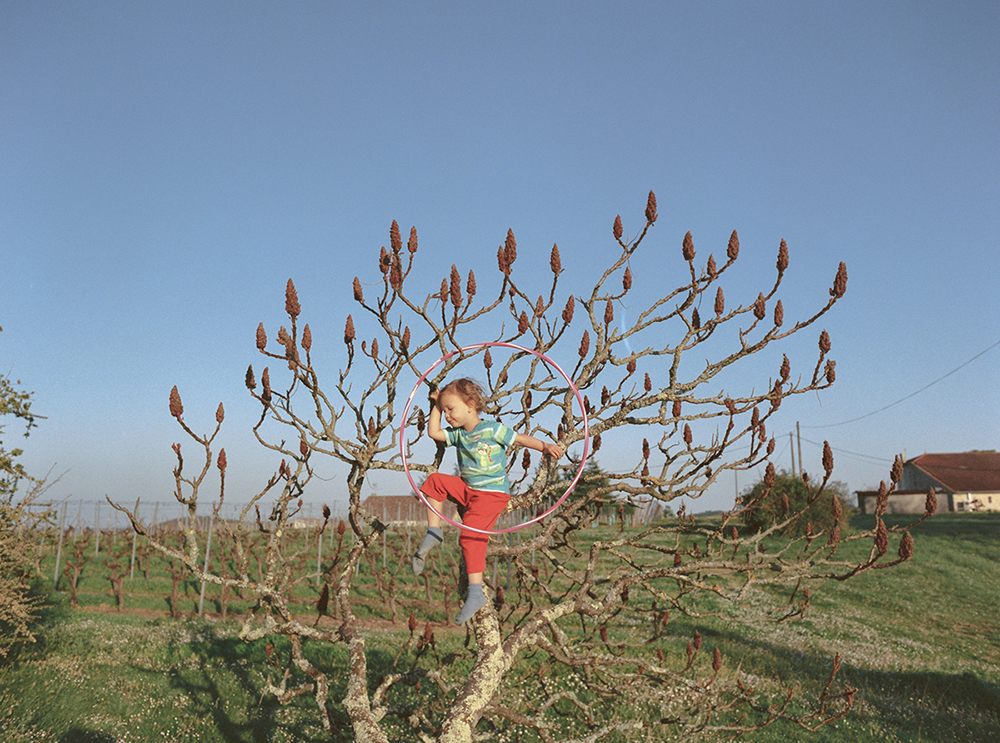
We decided to spend this summer traveling around Poland. When birds begin to migrate to warmer places, we feel it’s time to follow them. The plan is to return to North Africa, surf in the warm Moroccan waters and maybe go down until Senegal.
All photographs are (c) Irmina Walczak and Sávio Freire. Follow their family on Instagram.



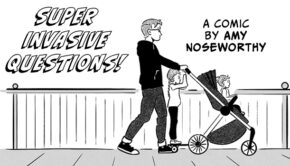


One Response to Nomads: A Photo Essay